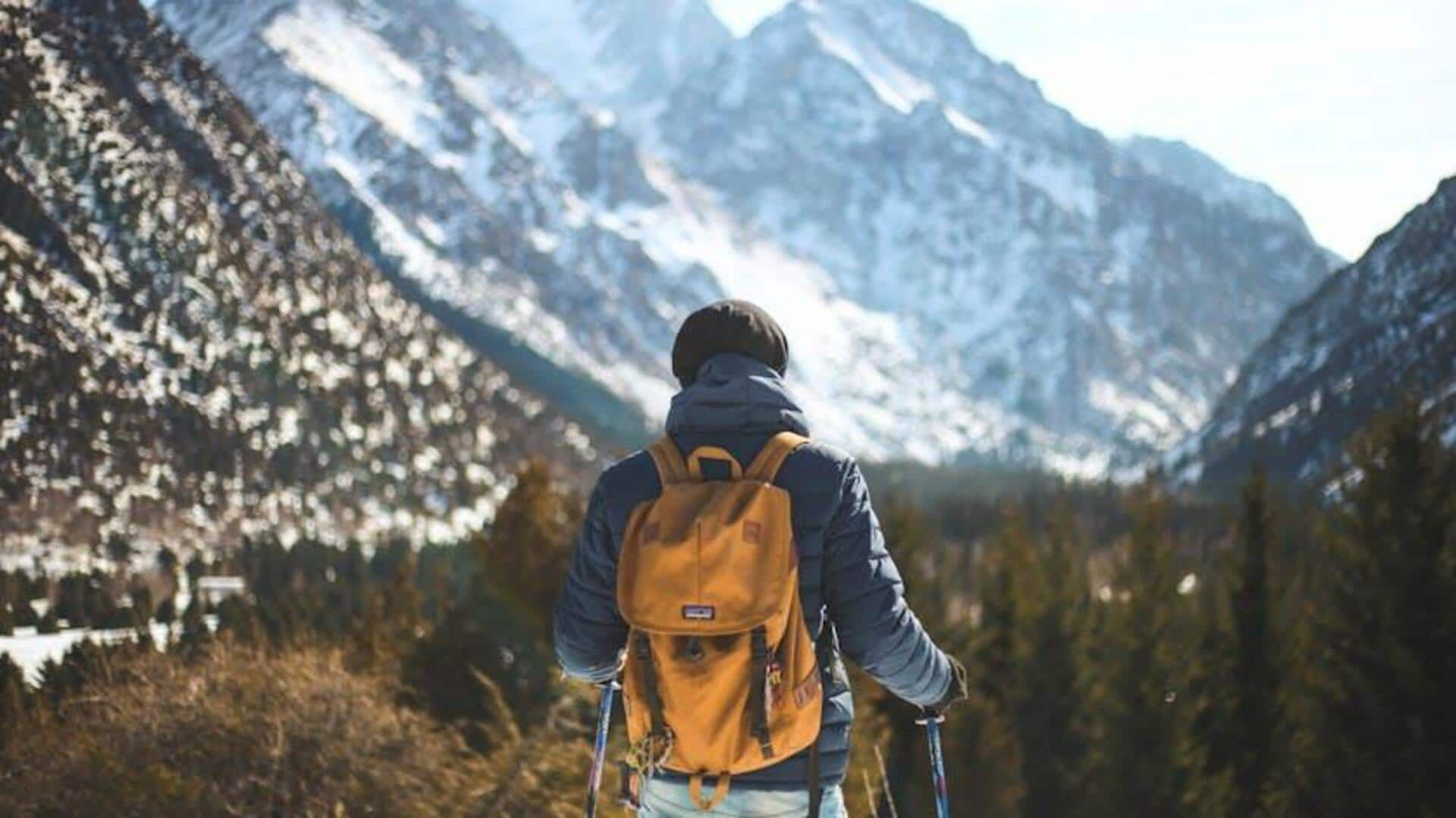
For hikers: Don't miss this thrilling experience
What's the story
The Trans Bhutan Trail provides a once-in-a-lifetime opportunity to discover Bhutan's pristine natural beauty. This centuries-old path, once frequented by pilgrims and traders, runs across the country, showcasing the stunning landscapes and ecosystems. As you hike this trail, you will discover verdant forests, tranquil rivers, and towering mountains. The trail offers a peek into Bhutan's rich biodiversity as well as culture. Here's why you should visit it.
Biodiversity
Diverse flora and fauna
The Trans Bhutan Trail is home to some of the most amazing flora and fauna. As you trek along, you'll encounter several plant species that flourish at different altitudes. The path also serves as a habitat to a number of wildlife species from deer to monkeys. Birdwatchers would be delighted to spot rare birds that reside in these parts. This biodiversity makes the trail perfect for ecology enthusiasts.
Views
Scenic landscapes
One of the highlights of the Trans Bhutan Trail is its stunning landscapes. From rolling hills to towering peaks, each section gives a new perspective to Bhutan's natural beauty. The panoramic views from certain vantage points are particularly captivating during sunrise or sunset. At these times, the light casts dramatic shadows over the terrain. These scenic vistas offer ample photo-opportunity for photography enthusiasts.
History
Cultural heritage sites
Along with its natural wonders, the Trans Bhutan Trail is sprinkled with cultural heritage sites that capture Bhutan's history and traditions. Ancient monasteries and fortresses line the route, providing a glimpse into bygone architectural styles and religious practices. These sites are a testament to how beautifully nature and culture are woven into each other in this part of the world.
Conservation
Sustainable tourism practices
Bhutan emphasizes sustainable tourism practices to ensure its environment is preserved while tourism contributes to the economy. Trekking on trails like this one guarantees minimal impact on local ecosystems. They strictly follow guidelines laid down by authorities with respect to waste management, etc. This way future generations can enjoy these pristine landscapes too, without the risk of compromising their integrity today.